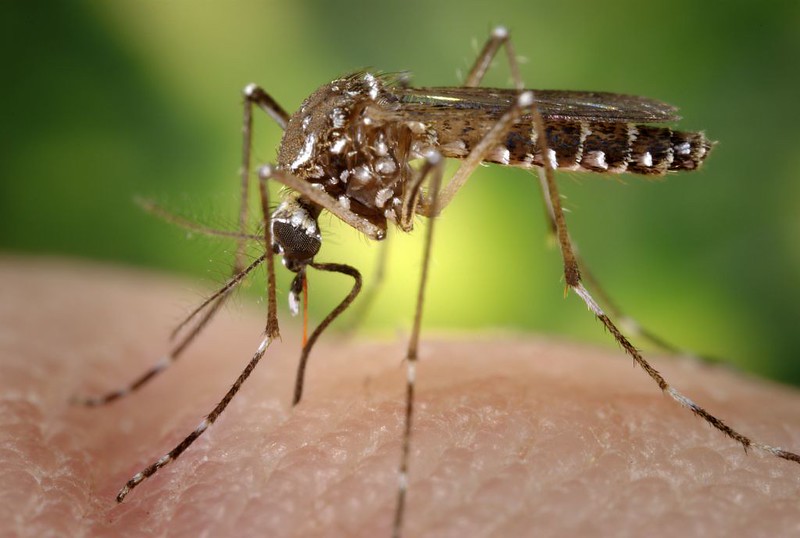By: Kelsey Toups
Image courtesy of Public Health Image Library.
Malaria cases in the United States have primarily been contracted through international travel since 2003. However, in May, the first case of locally acquired malaria in over 20 years was identified in Florida. Since May 26, there have been six cases of malaria contracted through mosquito bites identified in Florida and one in Texas [1]. The cases in Florida are associated with Sarasota county and the case in Texas was found in Cameron county, near the Mexico border; all individuals have been treated and recovered [2]. At least 2 of the infected individuals spent significant time outdoors, but none of the cases had traveled outside of their respective state before becoming sick [3]. There is no connection between the cases across states.
Malaria is caused by a group of parasites that are passed from human to human through mosquitos. Over 95% of the 240 million recorded cases per year are contracted in sub-Saharan Africa and South Asia [4]. The disease is most commonly contracted through mosquito bites but, in rare cases, can also be contracted from needle-sharing, blood transfusions, or organ transplantations [4]. An infected person will start to show symptoms between one week and one year of exposure. The nondescript malaria symptoms include fever, chills, headache, and fatigue. These symptoms can be accompanied with gastrointestinal symptoms as well. When malaria goes untreated, it progresses to severe disease that causes seizures, renal failure, acute respiratory distress syndrome, and coma.
There are five different species of the parasite that cause malaria and each have different timelines to severe disease progression [4]. The five species also have different treatment regimens [5]. The cases identified in Florida and Texas were caused by the P. vivax parasite, which is less likely to be lethal but can remain dormant in the liver for an extended period of time without showing up on tests. Sarasota county officials have taken measures to control mosquitoes by using pesticides in the affected area [6].
Although there have been recent cases, the risk of locally acquired malaria in the United States remains extremely low. However, the CDC warns that as international travel resumes and with the arrival of warmer weather, there may be an increase in malaria cases. [3]. To reduce the risk of malaria in areas with local transmission, it is recommended to apply insect repellent, wear protective clothing, and eliminate standing water, if possible. Travelers to high-risk areas may consider taking antimalarial medicines as a preventive measure [4]. There is speculation that travelers who returned to the US with malaria were bitten by mosquitoes, leading to the subsequent infection of these identified cases.
The recent cases of locally acquired malaria in Florida and Texas emphasize the low but existing risk of malaria transmission in the United States. Although most cases are from international travel, these instances show the potential for local transmission, highlighting the need for continued vigilance in preventing and monitoring malaria transmission.
Resources:
- https://www.moneycontrol.com/news/world/first-us-malaria-cases-diagnosed-in-decades-in-florida-and-texas-10863581.html
- https://people.com/five-cases-of-locally-acquired-malaria-found-in-florida-texas-7553835
- https://www.washingtonpost.com/wellness/2023/06/27/malaria-us-cases-mosquitos-texas-florida/
- https://emergency.cdc.gov/han/2023/han00494.asp
- https://www.cdc.gov/malaria/diagnosis_treatment/clinicians1.html#:~:text=The%20preferred%20antimalarial%20for%20interim,not%20adequate%20for%20interim%20treatment.
- https://www.wired.com/story/a-rare-domestic-resurgence-of-malaria-is-circulating-in-the-us/


